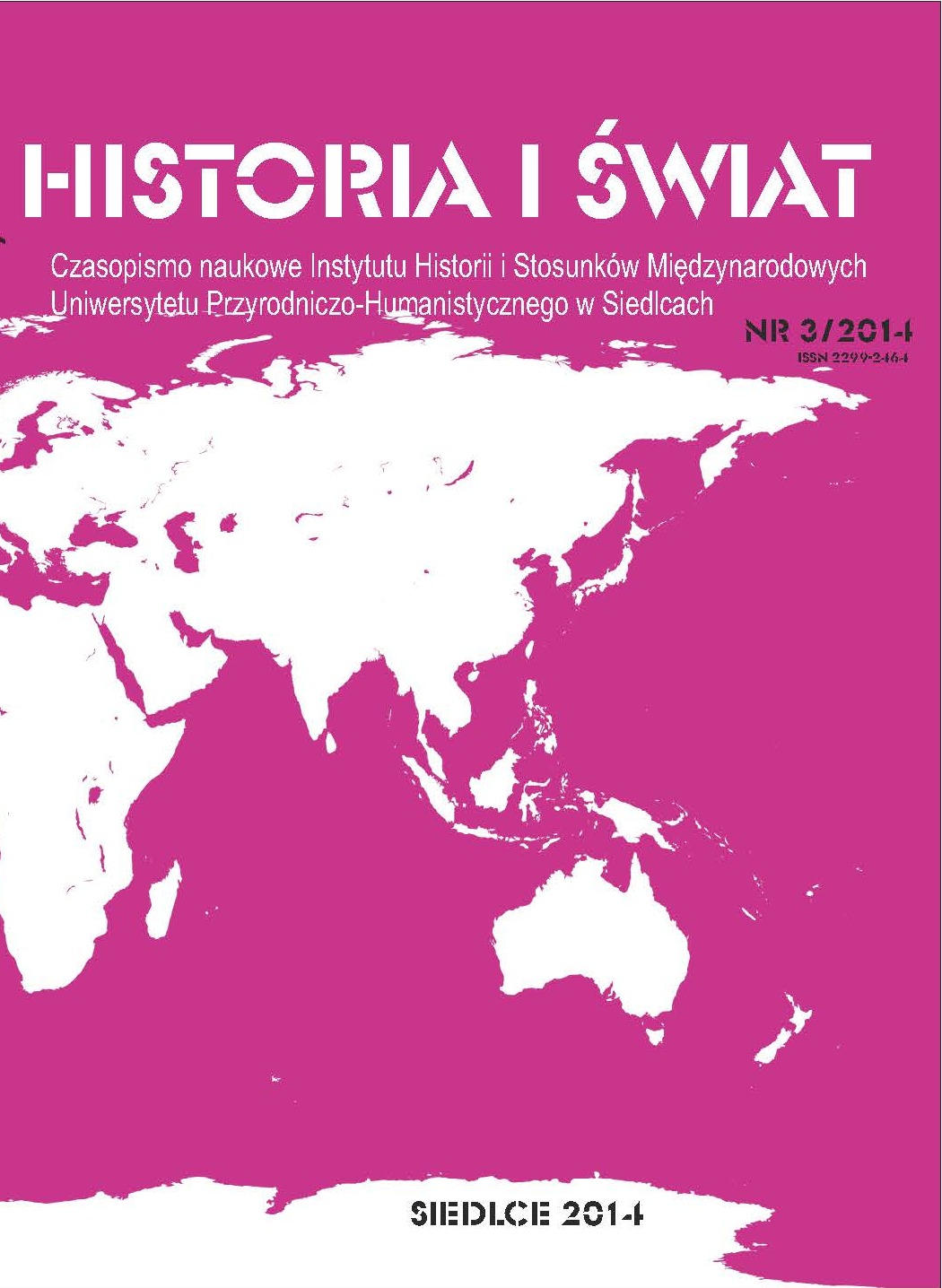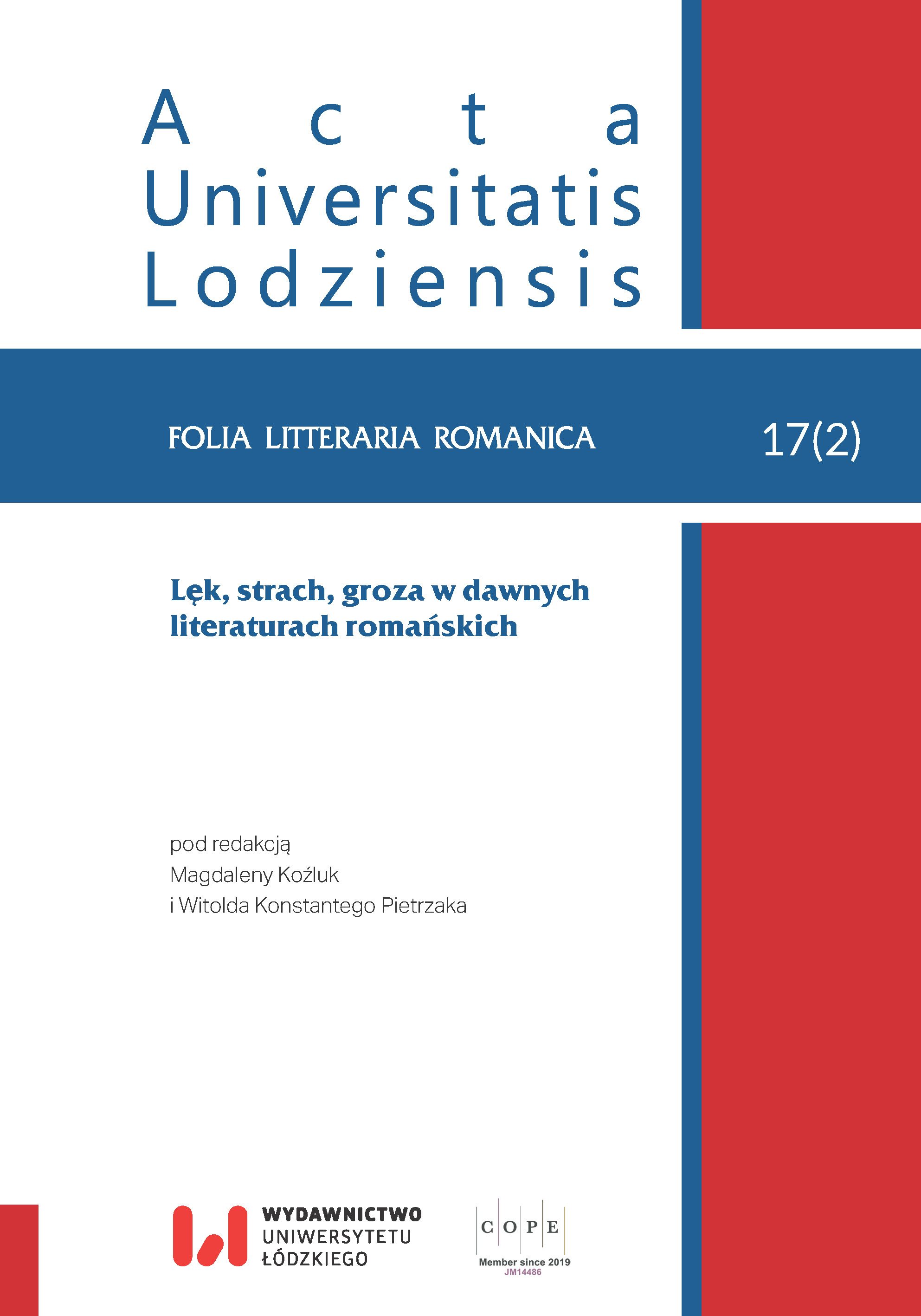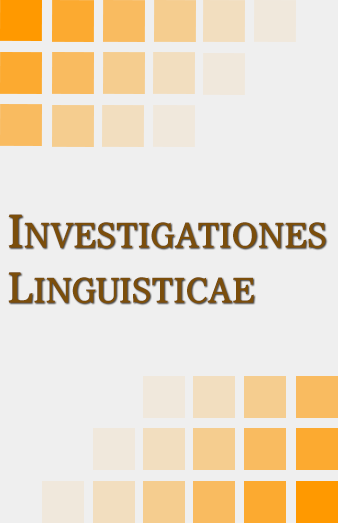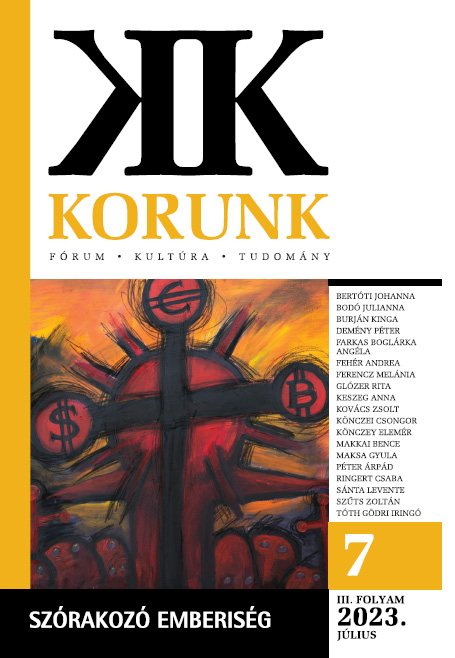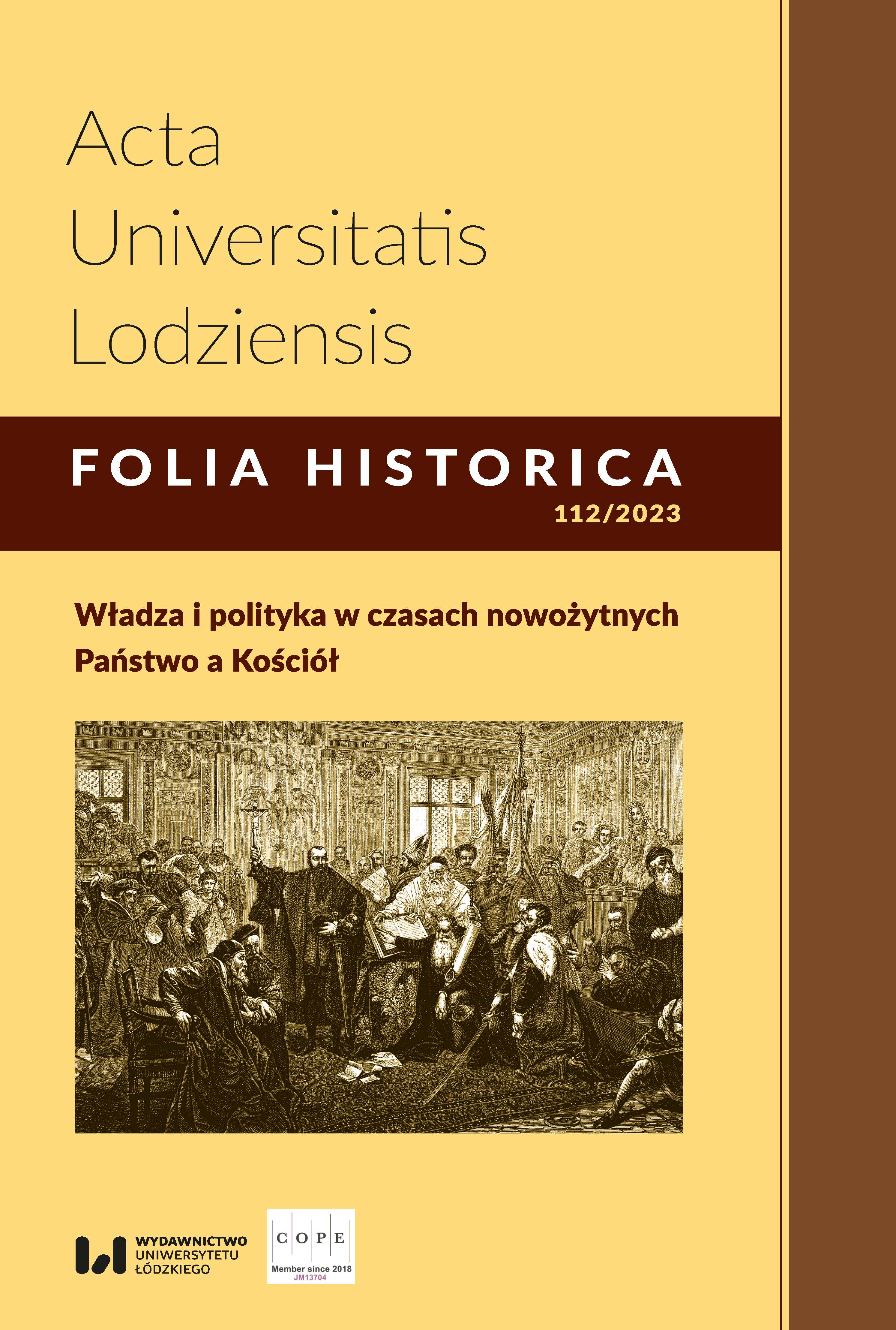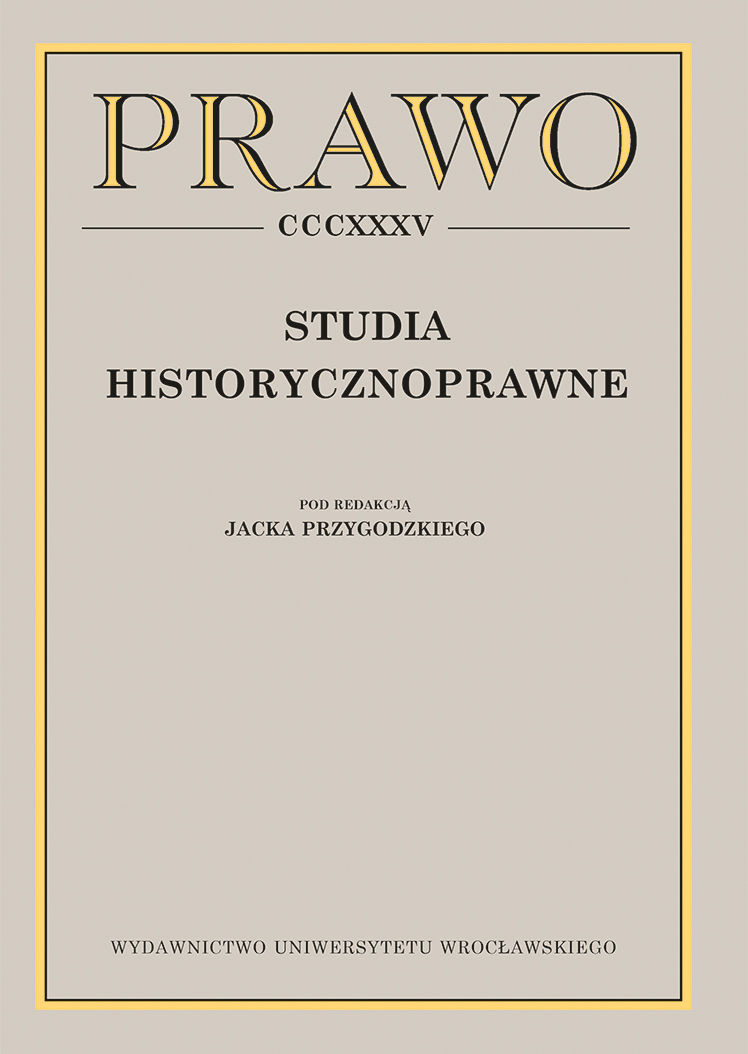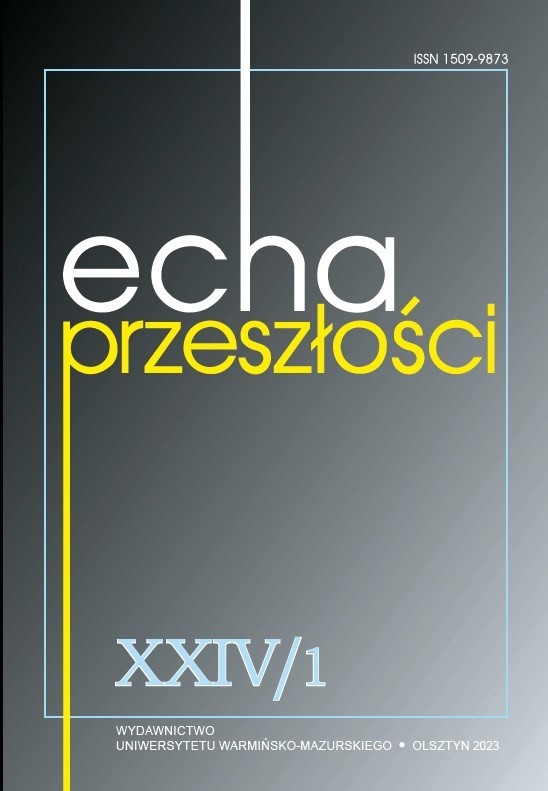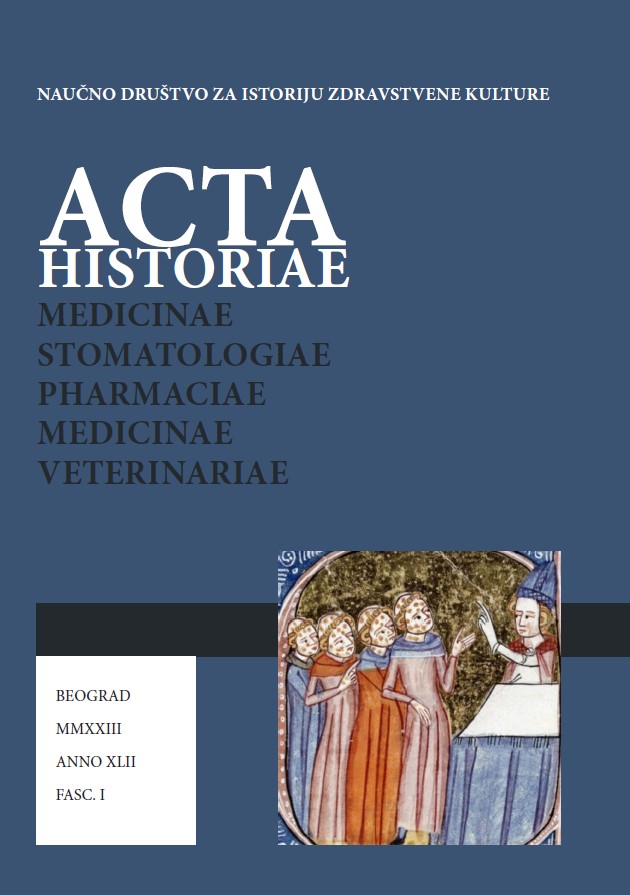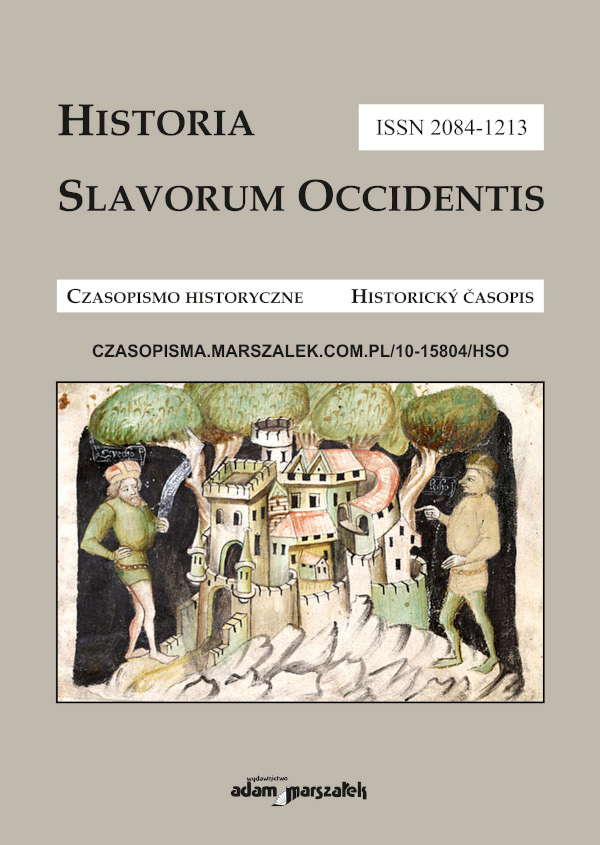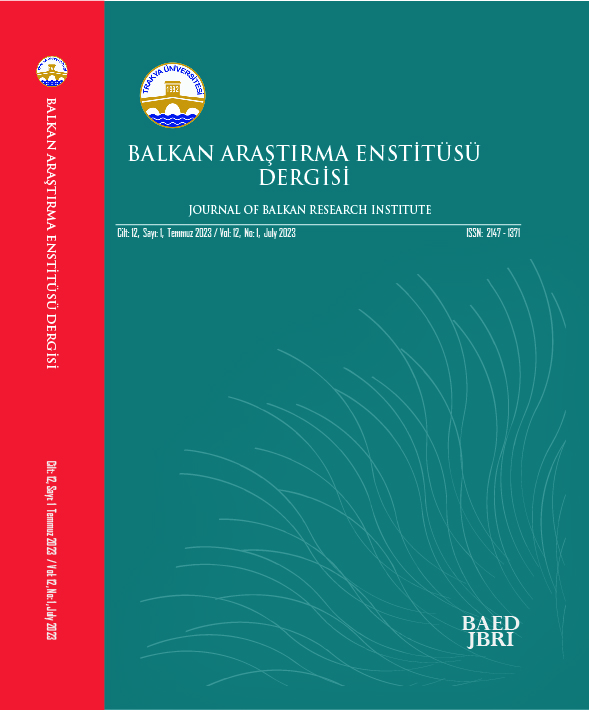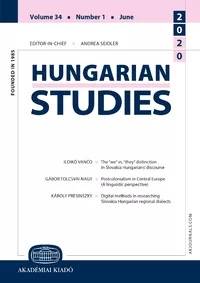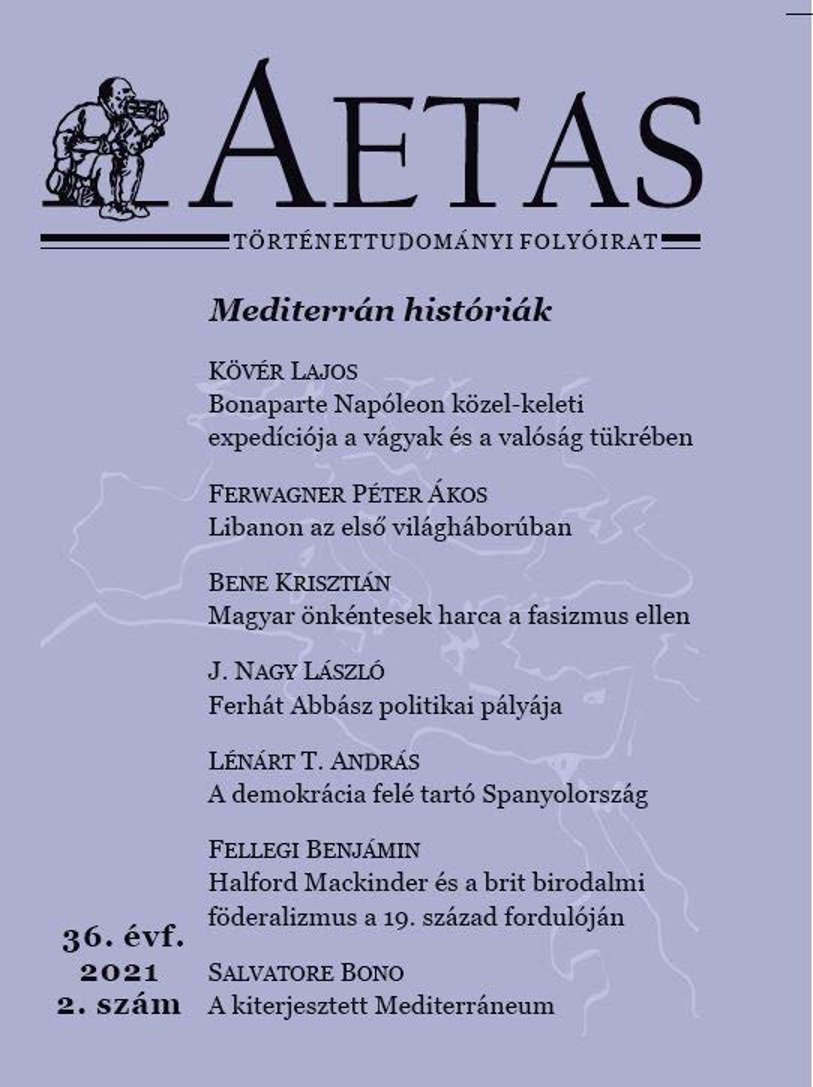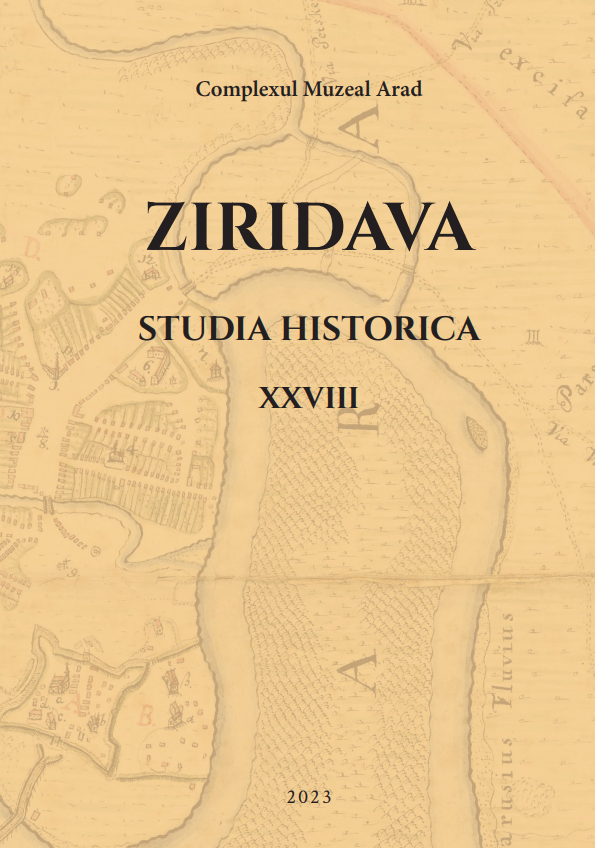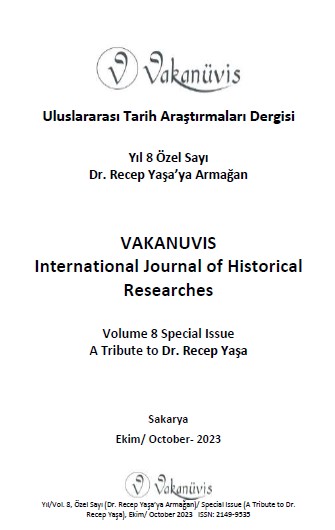Author(s): Józef Koredczuk / Language(s): Polish
Issue: 335/2022
Józef Kazimierz Kossakowski is one of the best-known figures in the Polish ecclesiastical hierarchy, but, regrettably, he is also one of the most critically assessed. Being exceptionally gifted, he used his talents exclusively for personal and family benefits. Having great political aspirations, he tied their fulfillment with the support of Russia, its successive ambassadors in Warsaw (especially Otto Stackelberg, to whom he owed much). He became a supporter of Russia’s interests in the Polish-Lithuanian Commonwealth, remaining such until his death, one of the most subservient Polish politicians towards the Russian ambassadors. The decisions made by Kossakowski in 1772–1781 influenced the gradation of his future goals. After he became Bishop of Livonia he took a seat in the Senate, with an increasingly important role in it. His activism increased in particular as the Four-Year Sejm began its deliberations. Despite his seemingly good relations with the King, he vehemently opposed all proposals for reform, revealing his exceptionally adamant stance in this regard. As a senator, he spoke out against the reform party and the Constitution of 3 May 1791, because, like his family, he belonged to the fanatical proponents of gentry republicanism. He was among the most active leaders of the political opposition, flooding the country with hundreds of political writings opposing the reforms of the Four-Year Sejm. Appeals for respecting the rights of the people and reform of laws made for the government were a constant theme of Kossakowski’s arguments, who repeatedly opposed the bills for new laws which he had the chance to work on while he was a senator. His anti-reform stance intensified during the period of the Targowica Confederation and the Sejm of Grodno. During this time, the Livonian bishop and his brother Szymon practically ruled Lithuania, committing many violations. The result of the Kossakowski brothers’ policies, wanting full state hegemony in Lithuania, was also the aspiration expressed at the Sejm of Grodno for the complete separation of the Grand Duchy from the Crown. The dramatic events that led to the collapse of the Polish state, which were undoubtedly the single strongest highlight in Kossakowski’s life, determined his posthumous infamy, which primarily consisted of his personal traits. In terms of the two-facedness peculiar for the Kossakowski family, the Livonian bishop exceeded them all.
More...
